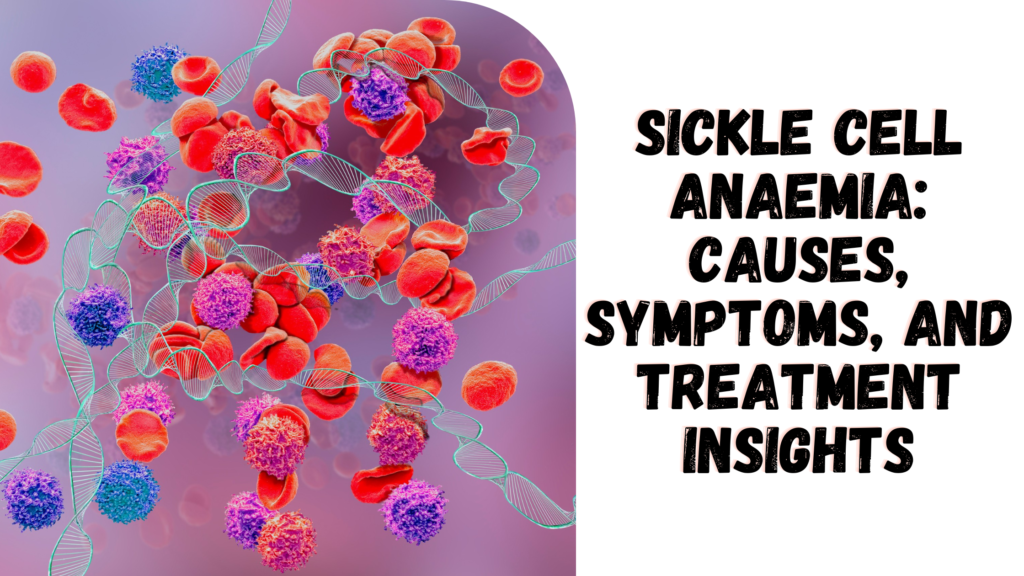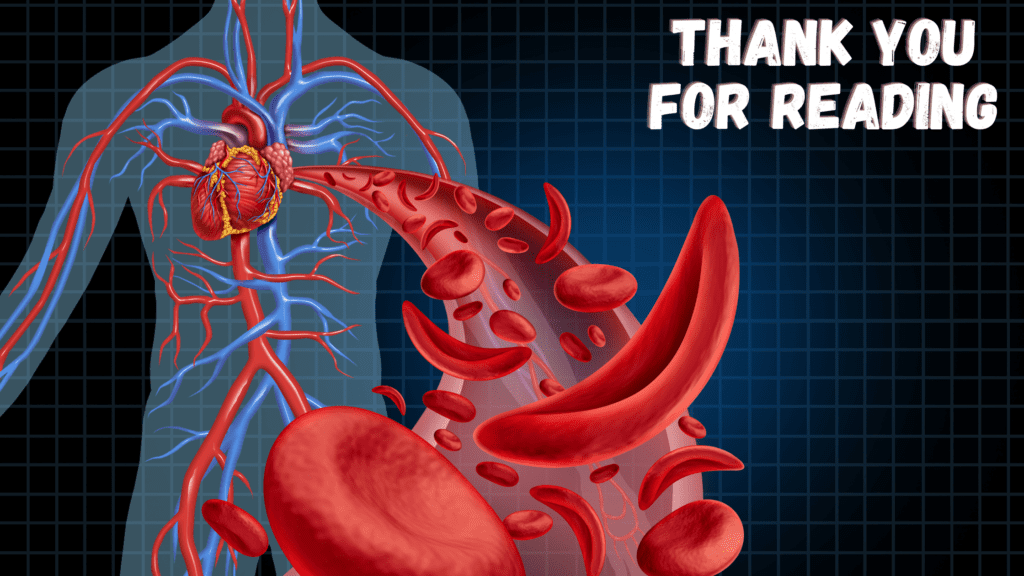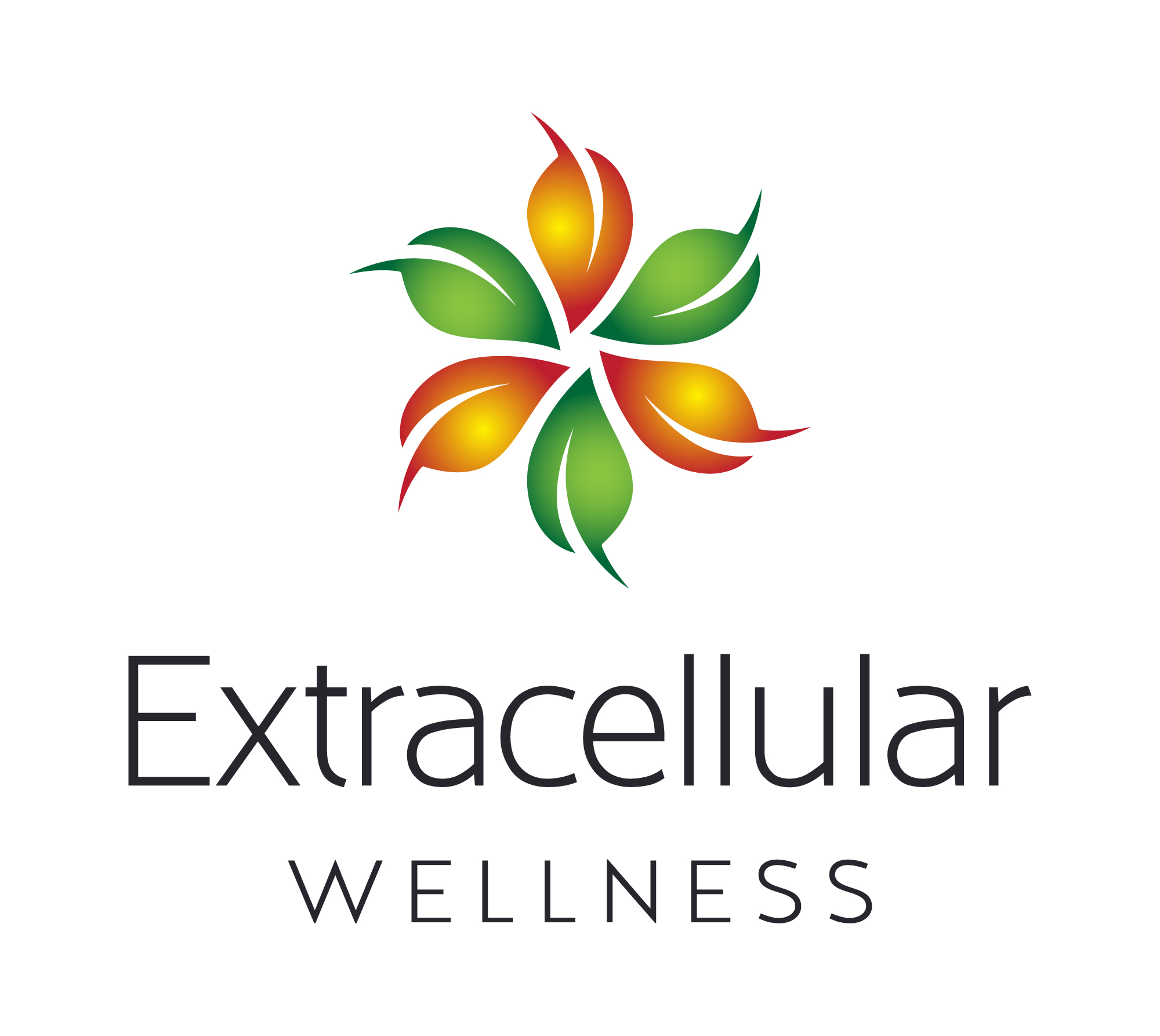Table of Contents

Introduction to Sickle Cell Anaemia
Sickle Cell Anaemia (also known as sickle cell disease) is a genetic condition affecting red blood cells that affects over 20,000,000 people worldwide and approximately 15,000 people in the UK. In this blog, we will discuss the causes, signs and symptoms, and treatment of sickle cell anaemia.
Understanding the Basics
What is Sickle Cell Anaemia? Haemoglobin is an iron-containing protein found in red blood cells that carries oxygen throughout the body. Usually, red blood cells are round in shape and this allows the red blood cells to move through blood vessels easily. However, in sickle cell anaemia, the haemoglobin protein is abnormal and this causes the red blood cells to become rigid and have an irregular shape like a crescent or sickle (haemoglobin S). These sickle-shaped red blood cells then become fragile and break apart easily which results in those cells becoming stuck in the smaller blood vessels and causing health problems. Sickle Cell anaemia affects people of African, Mediterranean, South Asian, and Middle Eastern descent.
Genetic Causes of Sickle Cell Anaemia
What causes sickle cell anaemia? Sickle Cell anaemia is caused by a mutation/change in the HBB gene (haemoglobin beta gene). This gene is involved in making beta haemoglobin which is a subunit needed for making the haemoglobin protein. If both parents have the HBB gene mutation there is a 25% chance that their child will develop the disease. If the child inherits an abnormal copy of the HBB gene from both parents they will develop sickle cell anaemia. If a child inherits one copy of the gene from one of their parents, they will have sickle cell trait. This means they are a carrier i.e. they carry the abnormal gene in their genetic makeup. They usually do not display symptoms of the disease.
Diagnosing Sickle Cell Anaemia
How do you diagnose sickle cell anaemia? Sickle cell anaemia is diagnosed using blood tests to see if abnormal haemoglobin is present. In some circumstances, genetic testing is also done to look for the specific HBB gene mutation. In the UK, pregnant women who live in areas where sickle cell anaemia is common are offered screening blood tests to see if they carry the gene. In England, there is a newborn screening programme, using blood taken from the baby’s heel (newborn blood spot test) to certain inherited diseases including sickle cell trait and sickle cell disease.
Symptoms and Complications
What symptoms and complications do people with sickle cell anaemia have? There are a wide variety of symptoms and the severity of these can vary from person to person. Some common complications and symptoms are:
- Anaemia: As the red blood cells are fragile and break easily this reduces the amount of red blood cells and leads to anaemia. The resulting anaemia can lead to symptoms such as fatigue, weakness, and looking pale.
- Pain Crises: The sickle-shaped red blood cells can block blood vessels and cause significant pain. This can occur anywhere, but the most common areas are in the joints, bones, and chest. When this is sudden and severe it is called a pain crises and can last for hours or even days.
- Infections: Sickle cell anaemia can also cause the immune system to become weak and therefore these individuals are susceptible to infections.
- Delayed Growth: sickle cell anaemia can interfere with normal growth and development.
- Jaundice: The increase in the breakdown of red blood cells causes the levels of bilirubin in your body to increase. Bilirubin is a product of the breakdown of red blood cells and too much of it in the body causes the skin and eyes to go yellow.
- Organ damage: The sickle-shaped red blood cells can block blood vessels and this interrupts the flow of blood to the individual’s organs. If these episodes are lengthy they can cause damage to the organs including the kidneys, liver, and spleen (most commonly). If this occurs in the brain this can cause strokes.
Treatment Options and Management
How do you treat sickle cell anaemia? Unfortunately, there is no cure for sickle cell anaemia but there are treatments. These include:
- Blood transfusion: In acute crises or in severe cases blood transfusions can help to replace the sickle-shaped red blood cells with normal ones.
- Pain Management: Pain is a common and debilitating aspect of the condition. Medication, heat therapy, and hydration can be used to help with this.
- Medication: hydroxyurea is used as it increases the amount of foetal haemoglobin (haemoglobin F) in the blood. Newborn babies have this type of haemoglobin and these red blood cells are rounder and less likely to change into a sickle shape. This reduces the frequency and severity of pain crises and the need for blood transfusions. Folic acid helps to make normal red blood cells.
- Infection prevention: Due to the weakened immune system, prophylactic antibiotics and vaccinations are important in these individuals.
- Bone marrow transplant: In some cases, this can cure sickle cell disease. However, it is complex and has risks.
- Lifestyle factors: Good hydration is important as dehydration can trigger a crisis. A healthy balanced diet and regular exercise can help with symptoms and overall health.
Sickle cell anaemia is a genetic blood disorder that can have a profound effect on a person’s life. Good medical treatment can help to improve the quality of life for individuals with this condition. Better awareness and research are needed to help improve treatments and symptom control, and possibly find a cure for this condition.
The Importance of Blood Donation
To help patients with this condition, more people from the commonly affected ethnic backgrounds are needed to donate blood. Since the pandemic, blood donations have decreased. Whether you are from one of the affected ethnic backgrounds or not find your local blood bank and see if you can donate blood. Please click on the link below and help, not just people with sickle cell anaemia, but others who rely on blood transfusions.
Conclusion
Sickle Cell Anaemia is more than just a genetic condition; it’s a life-altering challenge that millions face daily. Understanding its causes, symptoms, and treatments is crucial not only for those affected but for society at large. As we’ve explored, while there’s no definitive cure, there are ways to manage and alleviate its symptoms, improving the quality of life for those living with the disease. Moreover, the importance of awareness, research, and community support cannot be overstated. By donating blood, spreading knowledge, and advocating for further research, we can collectively make a difference. Let’s stand in solidarity with those battling Sickle Cell Anaemia and work towards a world where comprehensive care and a potential cure are realities for all.
THANK YOU
Thank you for Reading our Sickle Cell Anaemia blog!
If you enjoyed reading this article, please check out our other Blogs























































0 Comments